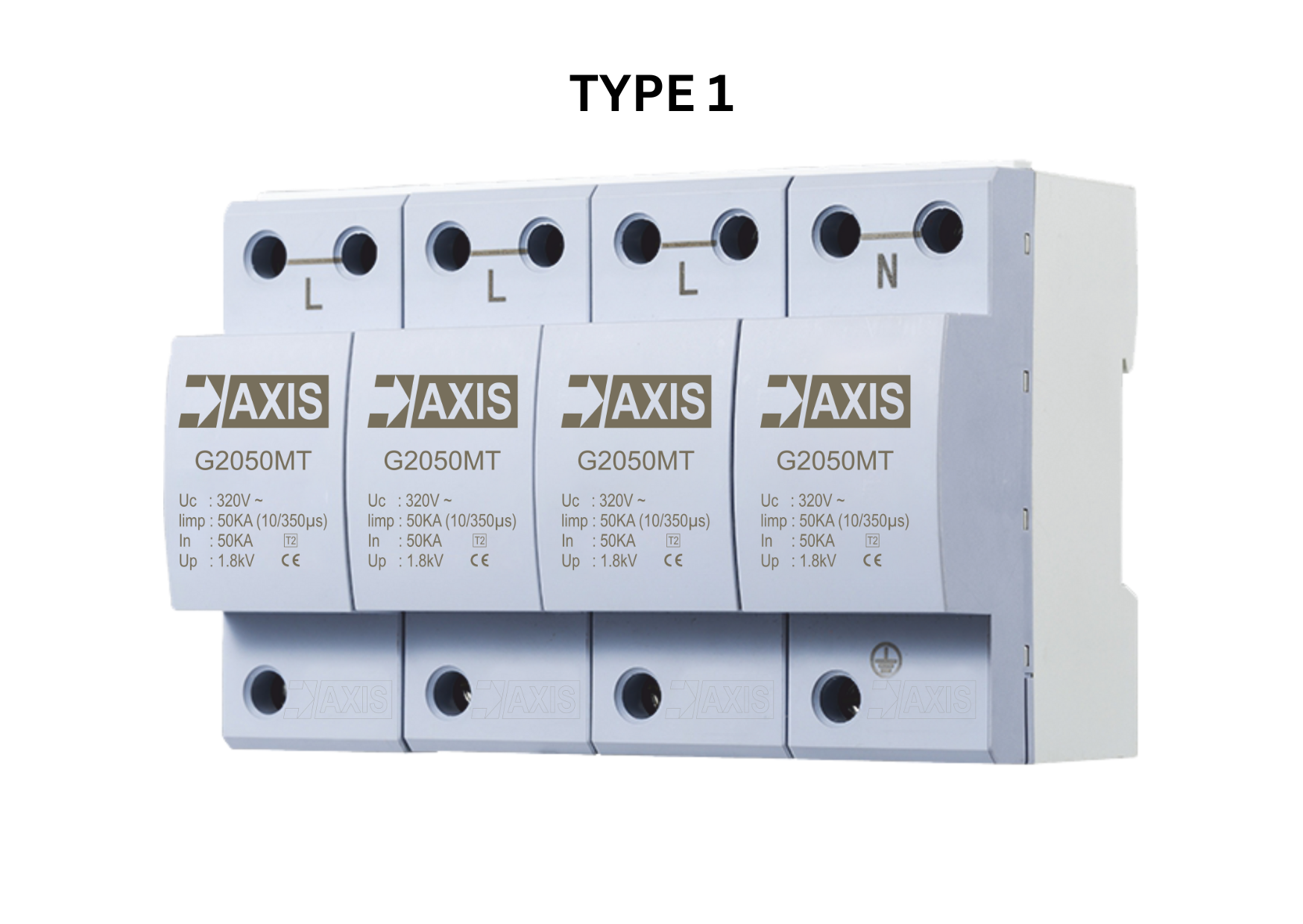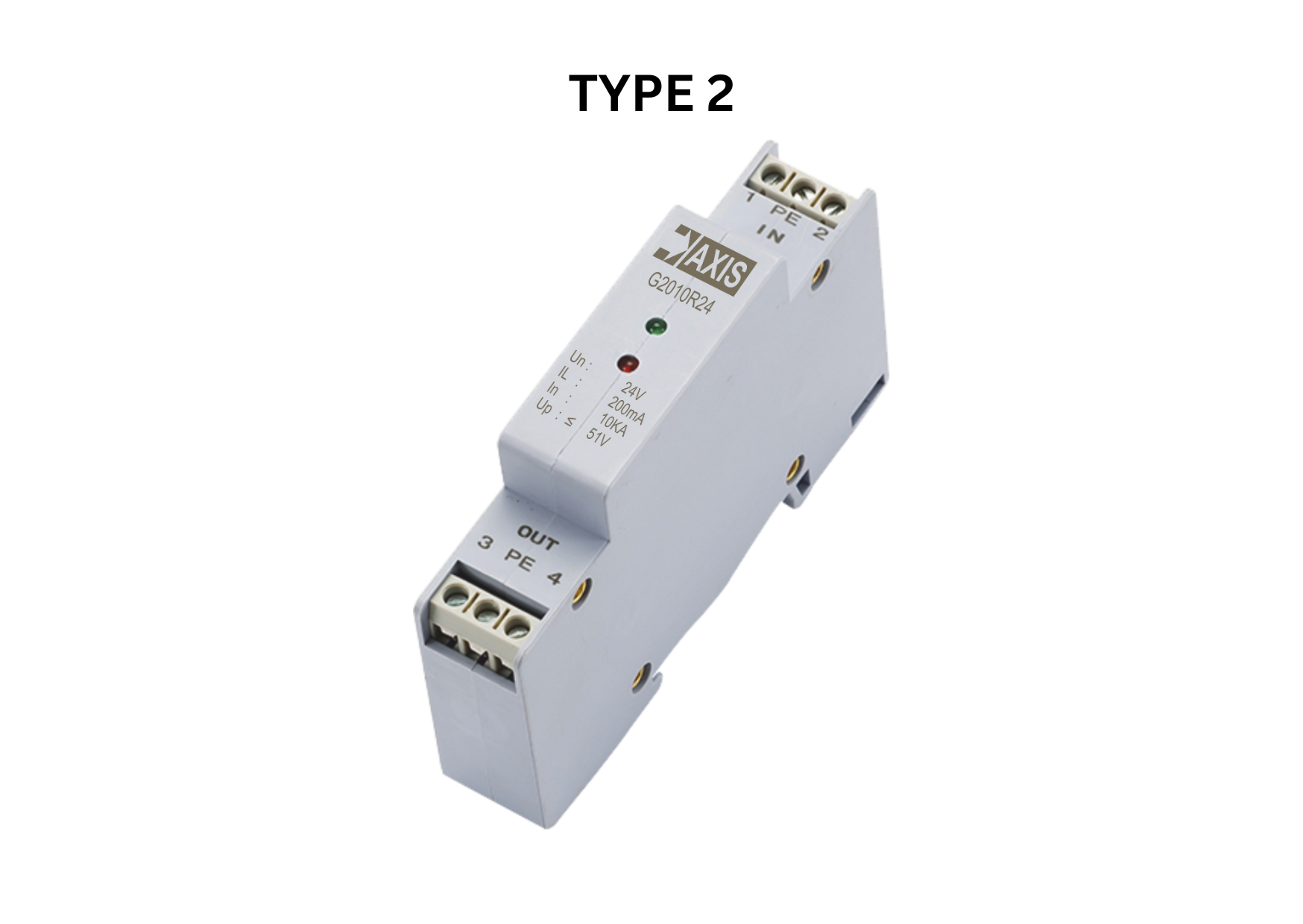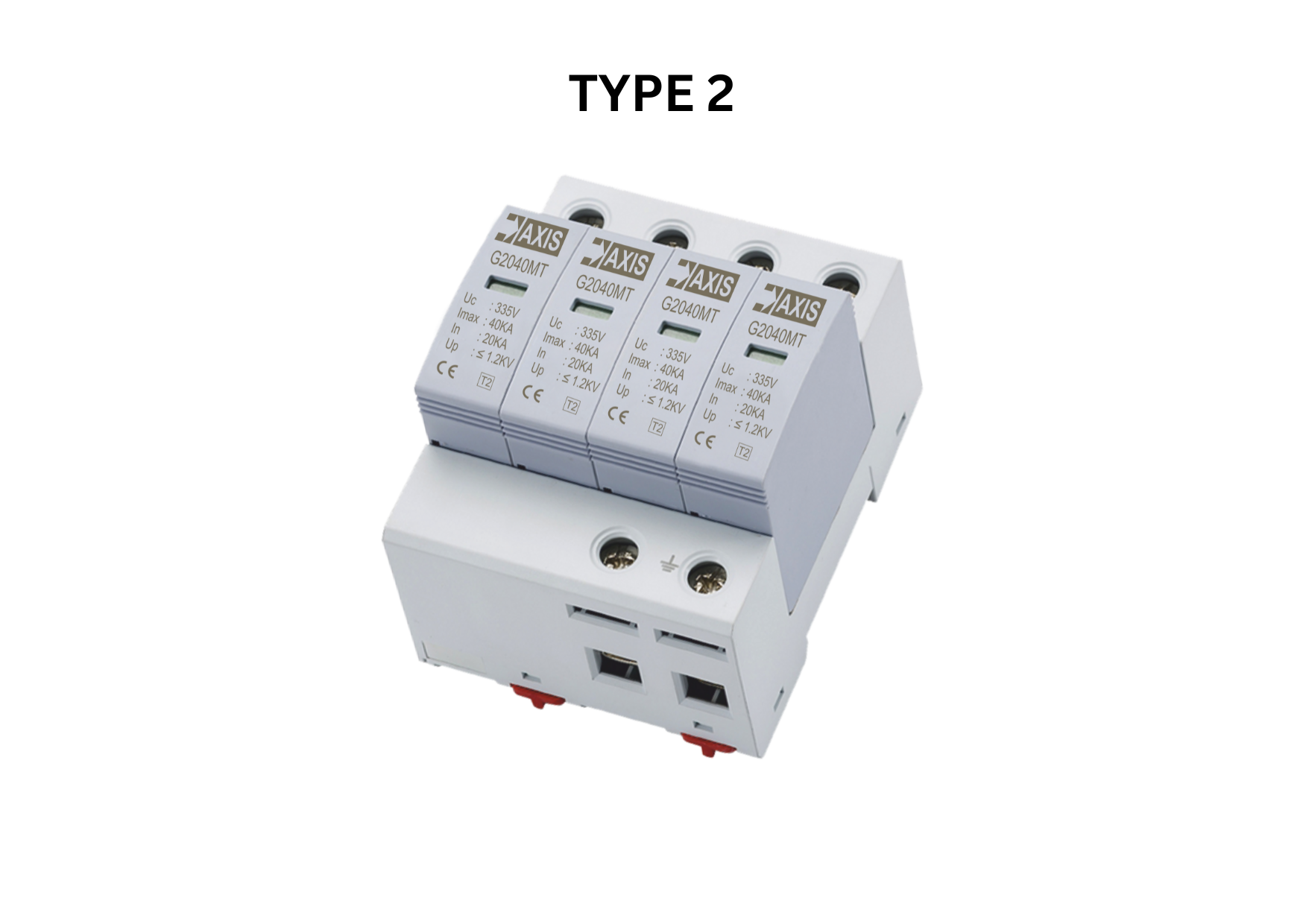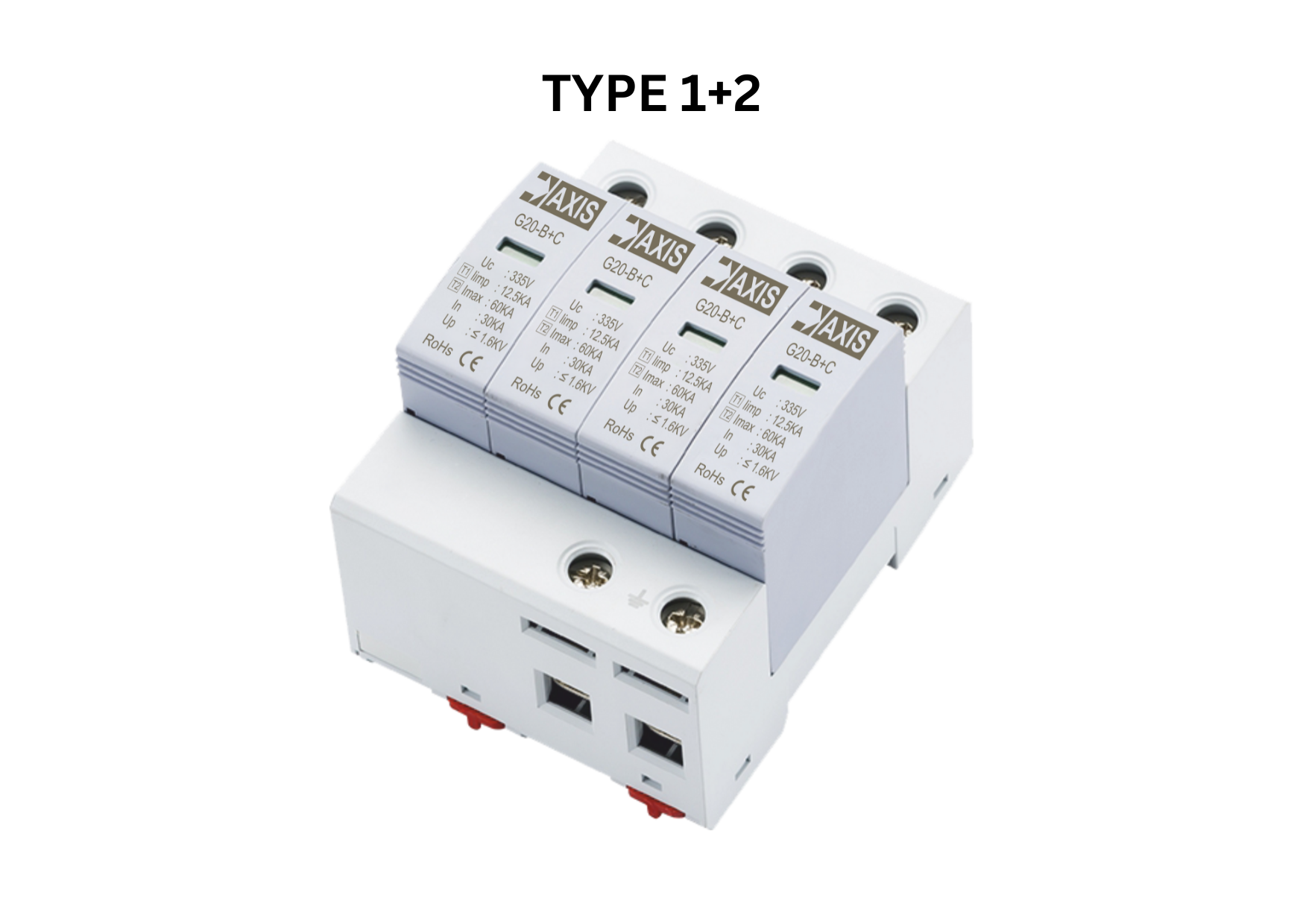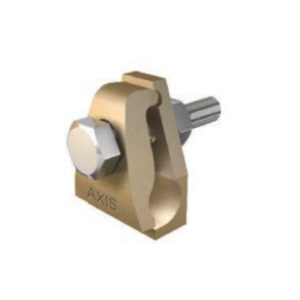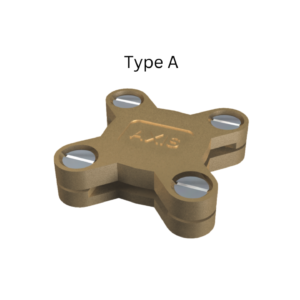Description
Surge Protection Device is designed to protect sensitive electronic & electrical equipment by limiting transient overvoltage and diverting surge currents. Surge Protection Device is the most efficient and commonly used type of overvoltage protection for any structure. These devices play a crucial role in your building’s Internal Lightning Protection. They safeguard your equipment by limiting electrical surges, making them the most common choice for surge protection.
Electrical devices can malfunction or get damaged if a surge voltage goes beyond their impulse voltage ratings. Surge voltages, often reaching high kilovolts, are transient. This means they occur in very small-time but with high energy, which can damage your equipment. These are caused by lightning strikes, switching operations, and electrostatic discharges. Since, these surges last from a few microseconds to several hundred microseconds, their short duration and high amplitude can cause sudden voltage spikes. SPDs are designed to protect against these spikes.
How do SPDs protect against Overvoltage?
SPDs are connected in parallel to the equipment and work on the principle of Equi-potentialisation.
The key to understanding this is knowing that potential difference is the factor that damages equipment. When a surge enters the system through any line – be it phase, neutral, or earth – it increases the potential difference between these lines. What SPDs do at this moment is they balance the surge voltage across all lines. They bring the potential difference back to a normal value, keeping your equipment safe.
Lightning Protection Zones
The central idea is to limit current and voltage surges, induced by lightning or otherwise, from damaging a structure or its contents by dividing the structure into a risk zone. These Lightning Protection Zones are nested within each other, with the most sensitive zones being the innermost. By using lightning protection systems, such as lightning arresters and SPDs, the effects of lightning hitting the outer zone are reduced before they can affect people or sensitive equipment in the inner zones.
Surge Protection Devices are used in areas where a transition takes place between two different Lightning Protection Zones. For example, a Type 1 or Type 2 SPD would be used at the main power distribution switchboard where the electrical system enters the structure.
Types of Surge Protection Device
IS IEC 62305 part 4 classifies SPDs into 3 categories
- Type 1:
Also known as Class B SPDs, we recommend them in the LPZ 1 area. You should install them in the main panels of industries where the most lightning surges are expected. Type 1 SPDs can handle high energy levels. They are made with spark gap materials, that is two pieces of metal, insulated by a gap filled with gas or air. This material helps in managing intense surges.
- Type 2:
Also known as Class C SPDs, we recommend them in LPZ 2 area. Their main function is to handle switching surges. These SPDs are made from MOV, a Metal Oxide Varistor. In simple words, it’s an electrical component whose resistance varies with the voltage.
Type 2 SPDs respond faster than Type 1, but they have a lower energy handling capacity. Therefore, we recommend installing Type 2 SPDs in distribution panels that follow the main panel, where the Type 1 SPD is installed.
- Type 3:
Also known as Class D SPDs, we recommend them in LPZ3 area. These SPDs have a low energy handling capacity and are installed at the end points of the electrical system, such as your socket, so that they response quickly during a surge. Materials like diodes are used in the construction of these SPDs, enabling them to manage surges safely.
- Type 1+2:
Also known as Class B+C SPDs, are installed in panels where cables enter from outside a building. They have similar functions as Type 1 SPDs and are also installed in the same location. Made using a combination of Metal Oxide Varistors (MOVs) and Spark Gaps, they are more economical as compared to Type 1 SPDs.

